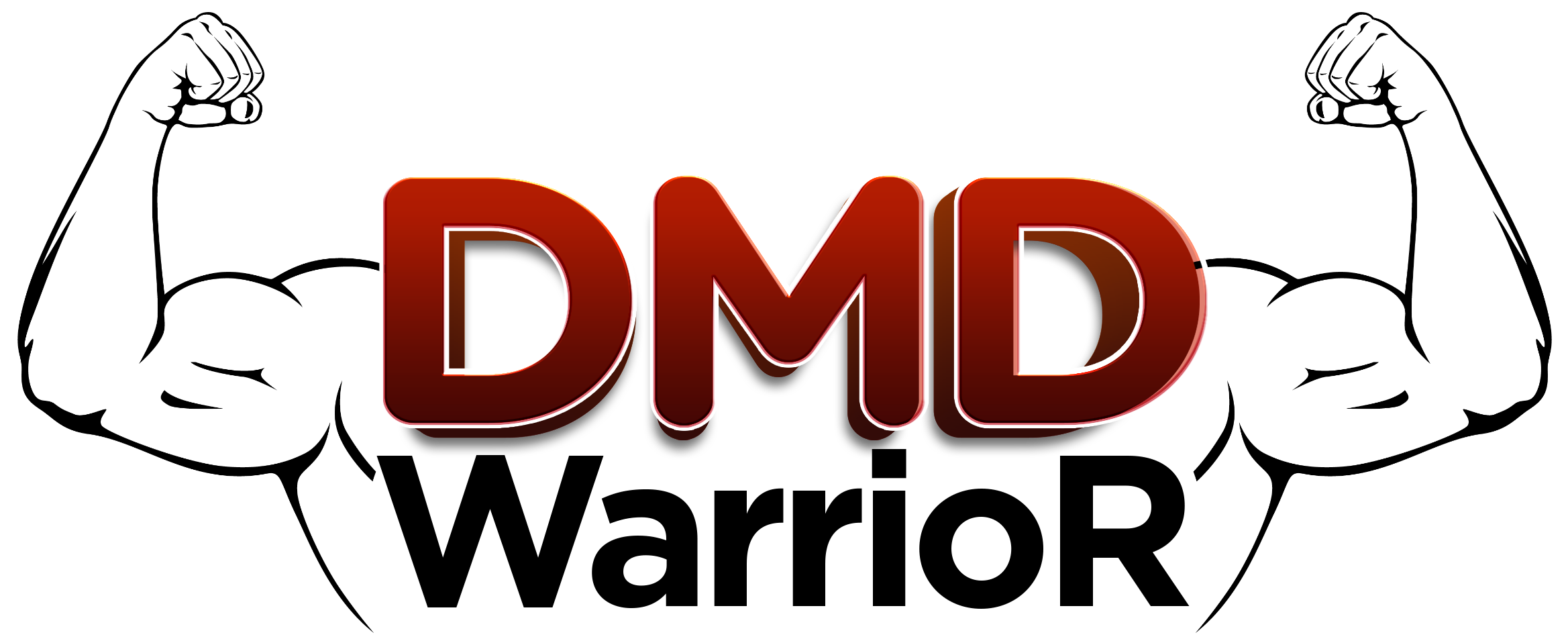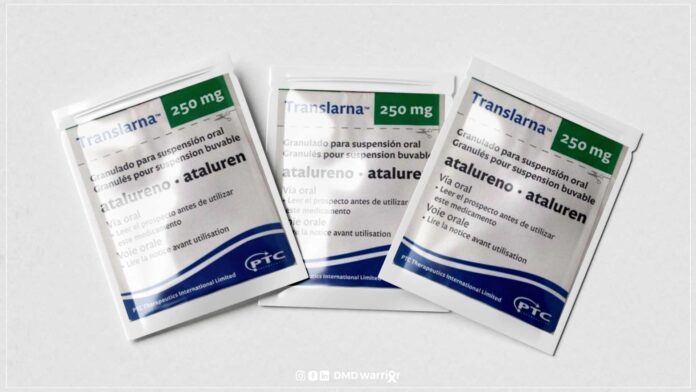Ataluren (Translarna) is an investigational drug used to delay disease progression in outpatients with Duchenne muscular dystrophy (DMD), a progressive and fatal neuromuscular disease. In this article, we will answer questions such as what is Ataluren and what is Translarna used for in detail.
Frequently Asked Questions About Translarna (Ataluren) Drug
What is Ataluren and What is it Used For?
Ataluren is an oral small chemical intended to maintain ambulation and muscular function in individuals with Duchenne muscular dystrophy (DMD) resulting from nonsense mutations.
Ataluren is developed for Duchenne Muscular Dystrophy (DMD) caused by a particular mutation termed nonsense mutation in the dystrophin gene, which occurs in around 13% of DMD patients.
The existence of the nonsense mutation is ascertained through genetic testing. A nonsense mutation produces a premature stop codon in the messenger RNA (mRNA), leading to the cessation of translation prior to the synthesis of a complete protein. Ataluren facilitates the readthrough of faulty mRNA, averts premature termination, and assists in the production of a complete, functional protein. [Read More: Things You Need to Know About DMD Genetic Testing]
How does Ataluren (Translarna) Work?
Duchenne Muscular Dystrophy (DMD) is a degenerative disorder marked by incremental muscular deterioration. The ailment results from mutations in the DMD gene, which encodes the protein dystrophin, crucial for safeguarding muscles from injury during movement.
Symptoms of Duchenne Muscular Dystrophy may manifest as early as age two. As the condition advances, patients experience heightened difficulty in tasks like walking and may develop scoliosis (a lateral curvature of the spine), along with gastrointestinal, pulmonary, and cardiovascular complications.
Ataluren is intended for the treatment of patients with a specific Duchenne Muscular Dystrophy gene deficiency known as a nonsense mutation. This mutation creates a stop codon in the gene, resulting in the premature cessation of dystrophin protein synthesis.
The outcome is a diminished, shortened protein that is incapable of normal activity and is swiftly degraded by the cell. As much as 13% of DMD cases result from a nonsense mutation.
Ataluren compels the cell to disregard this atypical stop signal, facilitating the synthesis of a complete, functional protein. Consequently, it functions as a “protein restoration therapy,” designed to promote the synthesis of a functioning protein in patients who are unable to generate it normally.
How will Translarna (Ataluren) be Administered in DMD?
In DMD clinical trials, ataluren was provided to patients in the form of oral granules, which were combined with a liquid or soft food, such as yogurt or apple sauce. The testing primarily involved doses between 10 and 80 mg per kilogram of body weight.
In Europe, the treatment is provided in three daily doses: 10 mg/kg in the morning, 10 mg/kg at midday, and 20 mg/kg in the evening, resulting in a total daily dosage of 40 mg/kg. Doses must be administered no less than six hours apart.
The recommended dosage and dosing schedule, should the medication receive approval in the U.S., remain uncertain.
Consult your physician before to use Ataluren (Translarna).
Side Effects of Ataluren
Common side effects of Ataluren (Translarna) include:
- Headache
- Nausea
- Vomiting
- Diarrhea
- Upper abdominal pain
- Gas (flatulence)
- Abdominal discomfort
- Constipation
- Decrease in appetite
- Increase in cholesterol and triglyceride levels in blood
- Fever (pyrexia)
- Ear infection
- Red rash (erythematous rash)
- Feeling unwell (malaise)
- Weight loss
- High blood pressure (hypertension)
- Cough
- Nasal bleeding (epistaxis)
- Pain in extremity
- Musculoskeletal chest pain
- Urinary incontinence (enuresis)
- Blood in urine (hematuria)
- Increase in:
- Creatinine
- Blood urea nitrogen (BUN)
- Cystatin C
Is Ataluren (Translarna) Approved in the US?
The drug has not yet been approved by the FDA. PTC Therapeutics announced on October 30, 2024 that it has resubmitted to the FDA. A decision is currently pending from the FDA.
Is Ataluren (Translarna) Approved in Europe?
Ataluren (Translarna) received a conditional marketing authorization valid throughout the European Union (EU) on July 31, 2014. However, the European Medicines Agency (EMA) reaffirmed on October 18, 2024 that the approval of the Duchenne muscular dystrophy drug will not be renewed.
Why Isn’t Ataluren Approved in Europe?
The European Medicines Agency (EMA) stated that it “recognizes the high unmet medical need for an effective treatment for patients with Duchenne muscular dystrophy. However, based on all the evidence collected, it concluded that the efficacy of Translarna has not been confirmed in patients with Duchenne muscular dystrophy resulting from a nonsense mutation, including those expected to respond better to treatment.” [Read More: EMA]
In Which Countries Is Ataluren (Translarna) Approved?
Translarna, the tradename of ataluren, is licensed in multiple countries including Great Britain, Northern Ireland and the European Economic Area for the treatment of nonsense mutation Duchenne muscular dystrophy (nmDMD) in ambulatory patients aged 2 years and older. Ataluren is an investigational new drug in the United States. [Read More: PTC]
- Russia (December 4, 2020)
- Brazil (April 29, 2019)
Updated on March 29 2025: Translarna (Ataluren) Rejected by EMA: Marketing Authorization Not Renewed


